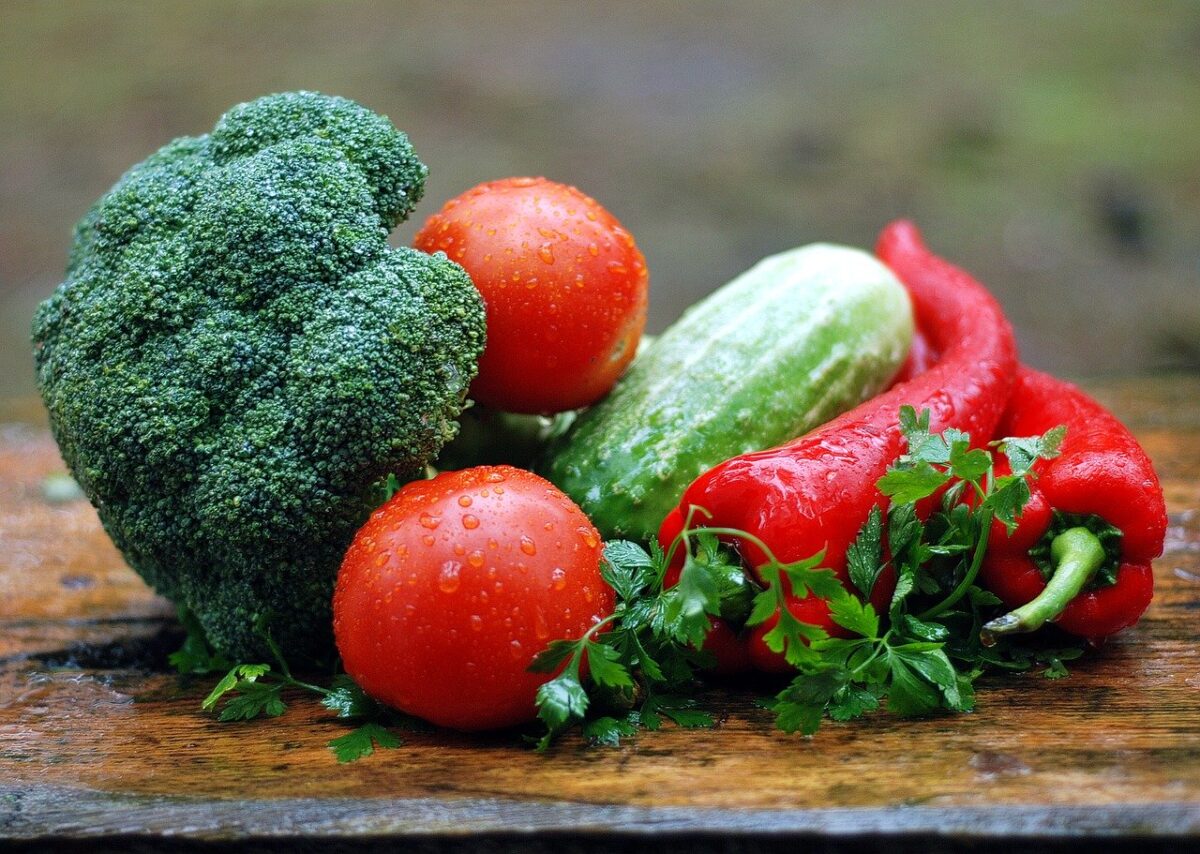Categories
Role of Plant-Based Superfoods in Reducing Inflammation
Plant chemicals (or phytochemicals), which have an effect on human health, are known as ‘plant bioactive compounds’. They are commonly found in the so-called ‘superfoods’ or ‘functional foods’. Plant bioactive compounds are found in various plant-based food sources like fruits, vegetables, legumes (including lentils, peans, and beans), whole grains, nuts, seeds, herbs, and spices. In this article, we explain their role in reducing inflammation with the help of the available scientific literature.









